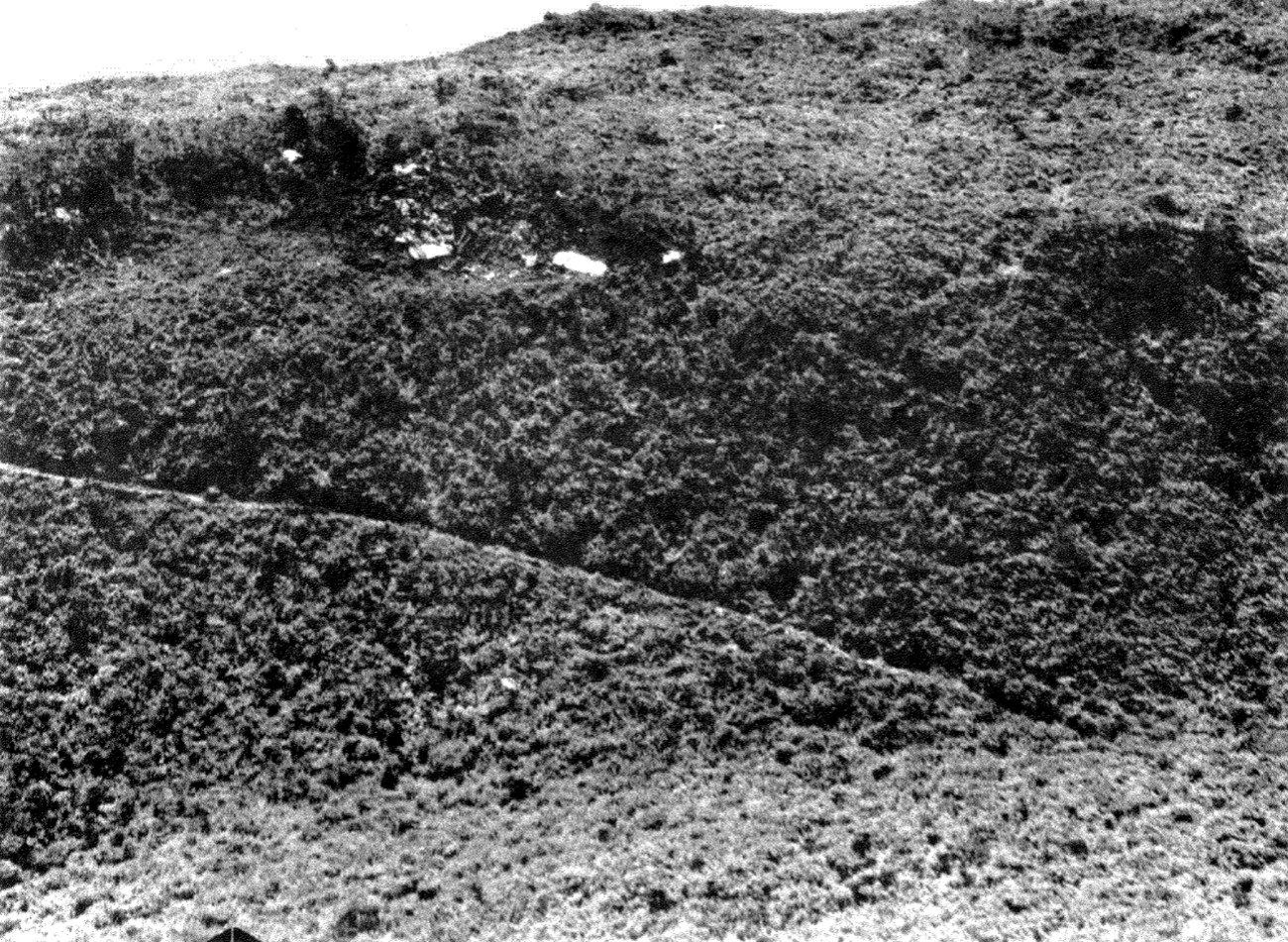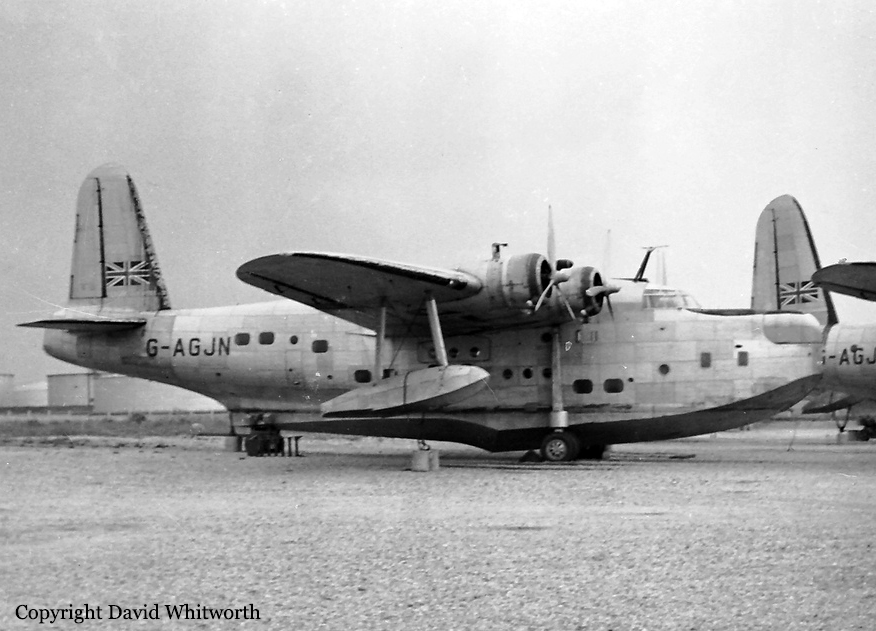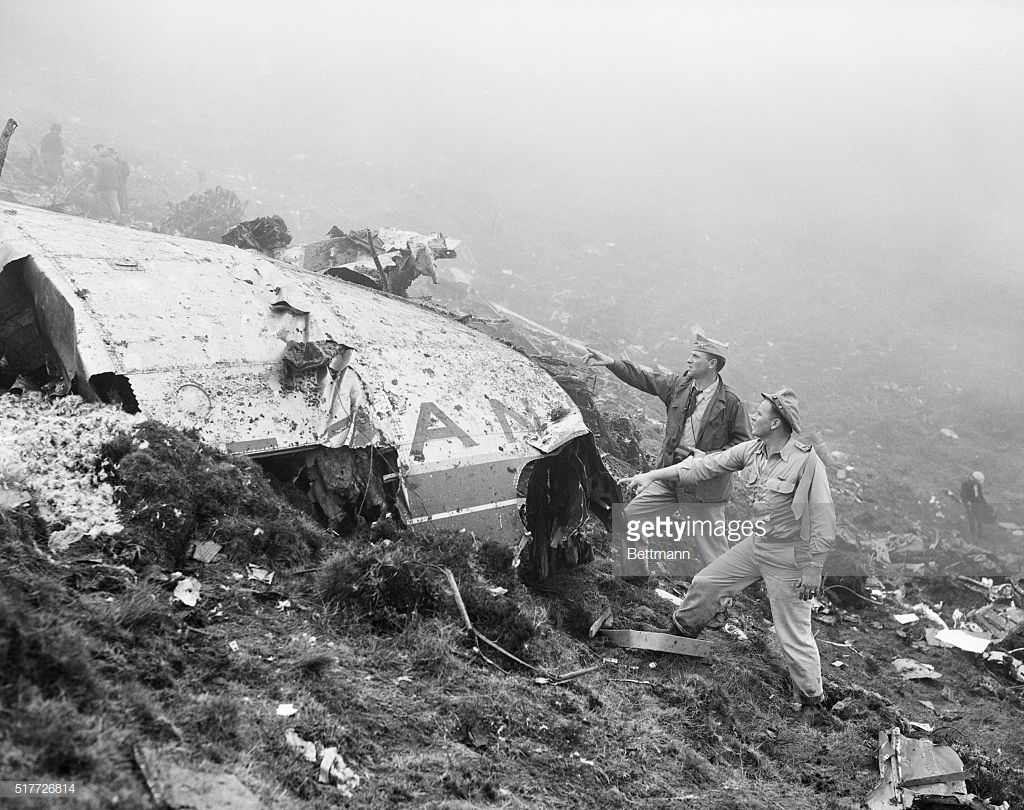Crash of a Grumman SA-16 Albatross in Lajes: 5 killed
Date & Time:
Aug 25, 1955 at 2030 LT
Survivors:
No
Schedule:
Argentia – Lajes
Crew on board:
5
Crew fatalities:
Pax on board:
0
Pax fatalities:
Other fatalities:
Total fatalities:
5
Circumstances:
After an uneventful flight from Argentia NAS, Newfoundland, the crew started the descent to Lajes Airbase. On final, the seaplane hit the slope of the Negrão Peak located about 7 km from the airfield. All five crew members were killed.










